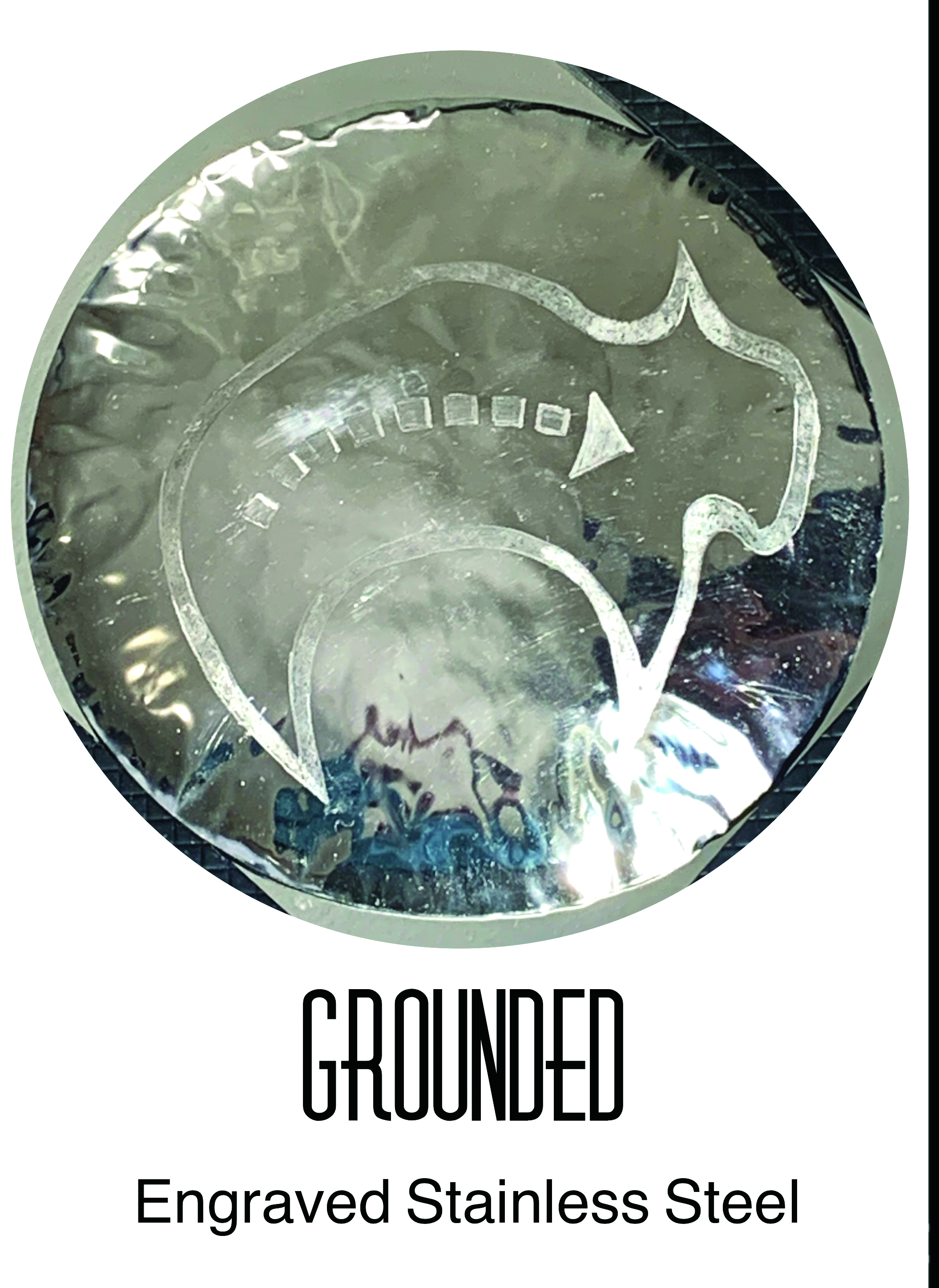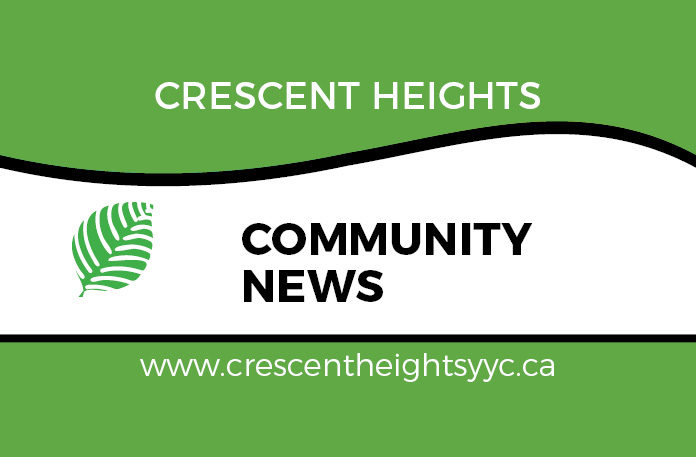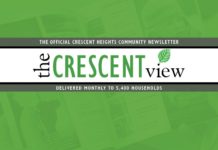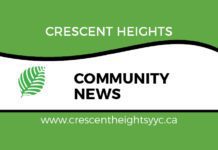Artists Explore Their Relationship with the Land
Art Walk with Artists, May 3 to June 30 at Rotary Park, and Live Music on Saturday, May 6, from 1:00 to 3:00 pm
What is your relationship with the land? What does it look like? This is what the Colouring it Forward Reconciliation Society (CIFRS) asked six Indigenous artists. The artists’ responses show a deep connection with the land as expressed in many artistic forms.
Jeanien Cooper Bell explains that “my blood, bones, flesh, spirit, and those who came before me, as well as those to follow, are of the land. The water, air, soil, trees, and animals are our lifeblood. There is no separation, no distinction. We are intricately interconnected, intimately interrelated; their wellbeing is our wellbeing; their absence would signify the end of existence.” Her piece for the mini gallery, Inuksuk, is inspired by her unique lived experience in a semi-remote community on the traditional territories of her Inuit Ancestors: Inuit Qaujimajatuqangit, Inuit Maligait, Inuit Oral tradition.
Inuksuk: [inuksuit: plural] is a familiar Inuit icon. Inuksuit are messengers: text composed of gathered stones, piled together into the ‘form of a human’ conveying a multitude of messages, serving significant functions. Standing firm, tall in seemingly featureless northern landscapes, withstanding extreme conditions. While their meaning and functions vary, their most important contributions are providing guidance and direction to lead people securely along their journey to their destination.
From a world bound by logic to one of colour and joy, Tory Manywounds chose a life of creativity. Tory was born to a Tsuut’ina mother and a Jamaican father. He is a Status Indigenous person and also a black man. He grew up with the impact of residential school influencing his mother’s choices and, ultimately, his and his sisters as well. His art has always been a vessel to carry his imagination to a place of peace and calm.
Tory explains that his family blood is entrenched in the land. His piece, Grounded, explores the connectivity to the land via the bison. “Bison have grounded our people, healed us, protected us, and provided for generations. The blood of our ancestors flows through the land alongside the bison that helped us be strong.”
Autumn Whiteway also chose the bison as her subject matter. The Great Slaughter is an artistic response to the decimation of the bison after the railroad expanded westward, which starved Indigenous peoples into submission and forced the signing of treaties. Autumn Whiteway (Night Singing Woman) is a Saulteaux (Ojibway)/Métis archaeologist, artist, traditional craftworker, and curator based in Moh’kinsstis (Calgary). Autumn explores Indigenous themes from a contemporary perspective through painting, digital art, and photography.
Autumn explains that “as long as I can remember, my connection with the land was very strong. I felt different from other children because an injury to the land and to the animal and plant nations was something that I felt deep in my soul. I’ve never felt that humans are superior to other beings with which we share this environment.”
Ramsey Kunkel, Gordon Wesley, and Paityn Savoie are the other mini gallery artists who will be featured in next month’s article.
We hope you can join us on May 6, from 1:00 to 3:00 pm for an Art Walk to meet the artists, enjoy some live music, and learn more about CIFRS.

Grounded by Tory Manywounds

Inuksuk by Jeanien Cooper Bell

The Great Slaughter by Autumn Whiteway
Click here to the Crescent Heights Community News home page for the latest Crescent Heights community updates.











